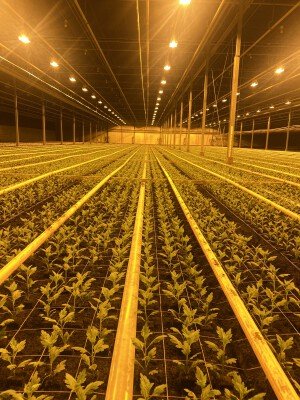MPS-GAP
MPS-GAP is a certification scheme that covers traceability, environment, safety and hygiene within the company.

Gommans Flowers is a four-hectare chrysanthemum nursery located in Egchel (Limburg), the Netherlands. We have been growing chrysanthemums with a passion here for over 35 years. We produce over ten million stems annually in the varieties Saba and Chic.
We are a family business that sets great store by quality, reliability, flexibility and sustainability. We safeguard these core values by harvesting fresh flowers on a daily basis for delivery to the branches of Royal Flora Holland in Naaldwijk and Aalsmeer, from whence they are distributed throughout the Netherlands and much further afield. These levels of quality, reliability and flexibility would simply not be achievable without our enthusiastic team of employees. The nursery has a workforce comprising six full-timers and four part-timers, while we also employee twenty secondary school students at the weekends and during holidays.
contact
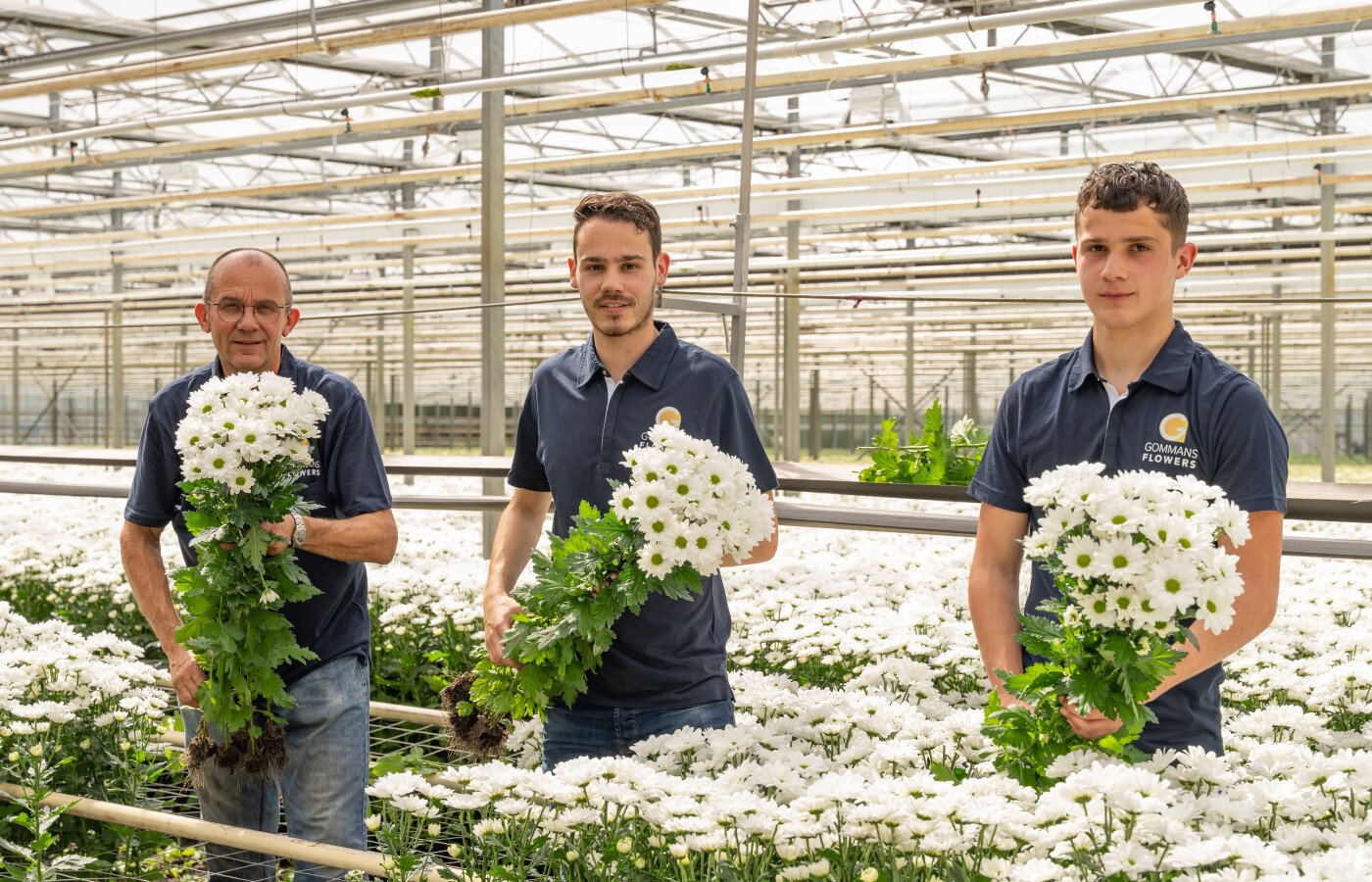
MPS-GAP
MPS-GAP is a certification scheme that covers traceability, environment, safety and hygiene within the company.
MPS-A
MPS-ABC is a monitoring tool that helps companies reduce their environmental impact. It involves measuring and recording consumption, with a view to determining how sustainable a company’s production is.
MPS-GRASP
MPS-GRASP comprises global risk assessment on social practice within a company.
In 1962, Sjraar and Jet started growing tomatoes and cucumbers in a 3000m² greenhouse. They later also opted to cultivate field vegetables including leeks, celery, lettuce, broad beans and French beans, as well as strawberries outdoors. This produce was sold in their shop next to the greenhouse. A further 2000m² extension was added to the greenhouse in 1972.
In 1984, their son, Henk, joined his parents’ company. Henk was also behind the switch from vegetables to summer flowers. The company then proceeded to cultivate various flowers, such as violets, chamomile, statice and prairie gentian. This is how the firm called Gommans Flowers was established.
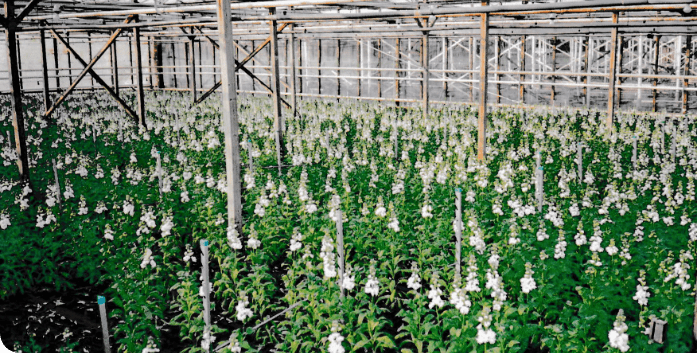
Henk started cultivating chrysanthemums in a 5000m² greenhouse in the autumn of 1986. During the spring season, the greenhouse was used to grow summer flowers. An initial 7500m² extension was built in 1988, whereupon it was decided to grow chrysanthemums all year round. A further 5000m² extension was added in 1990.
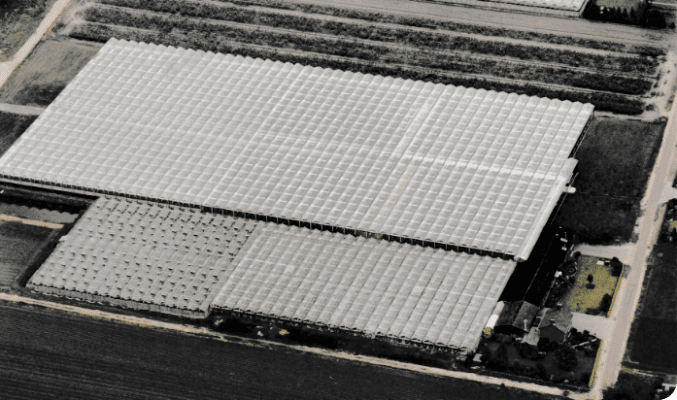
In 1994, the original greenhouse was partially demolished to make way for a one-hectare extension, whereby the total area of greenhouse increased to two hectares.
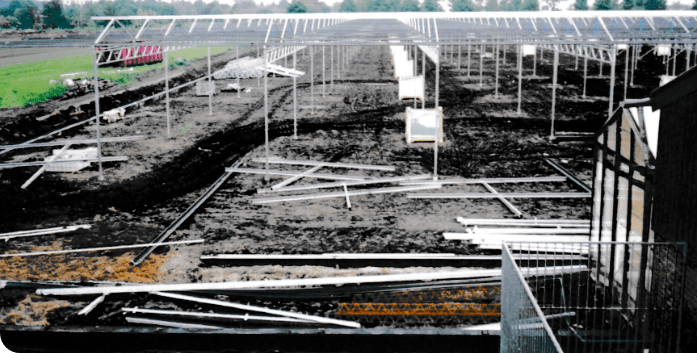
A new 1.9-hectare greenhouse was built next to the existing one in 1998. This further increased the total area to four hectares.
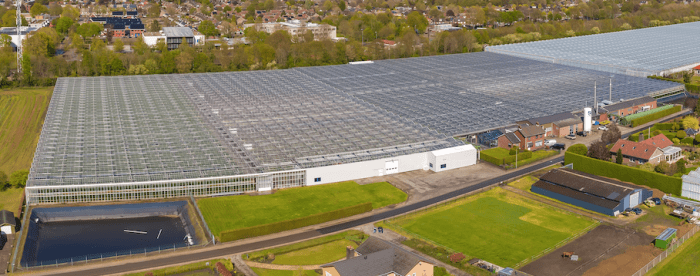
In 2001, assimilation lighting was introduced in the interests of a shorter cultivation period, higher quality and the ability to grow more stems per square metre. The intensity of the lighting installed at the time was 71 micromoles.
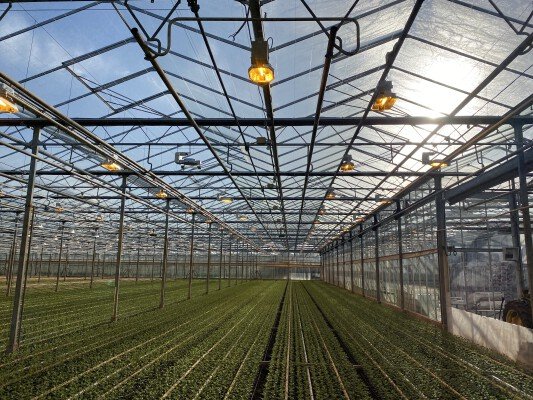
The first test section with hybrid lighting, SON-T in combination with LED. Here we have the 115 μmol SON-T and 100 μmol LED.
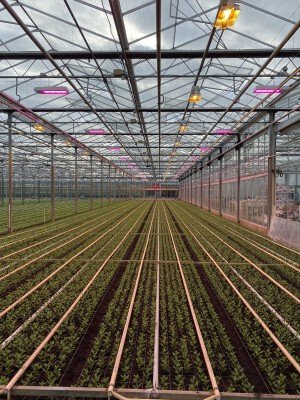
In 2013, the assimilation lighting was replaced to increase the light intensity to 115 μmol, with a view to growing even bigger and heavier flowers for clients.
